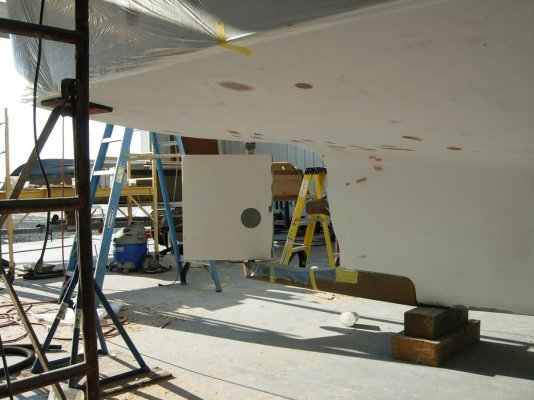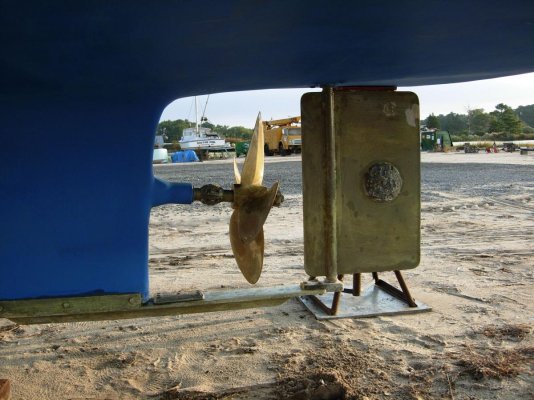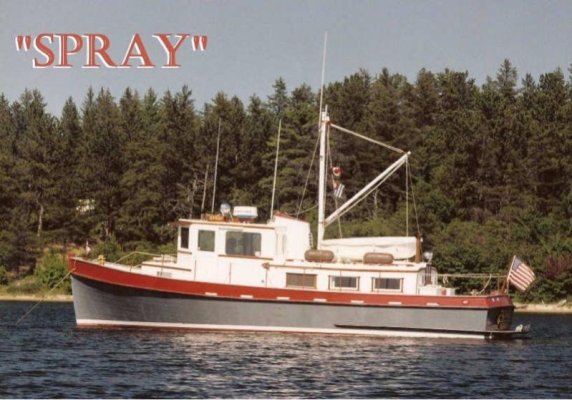Marin,
However I suspect Spray being wood and a one off build she was probably much lighter than the production 36.
Eric--- As you well know, the first Grand Banks models, the 36 and 42, were also wood from their inception in 1966 to the middle of 1973 when both boats were changed to fiberglass from the company's new molds in their Singapore yard (the wood GBs were mostly made in Kowloon, Hong Kong although it's my understanding that some were made in the Singapore when that yard opened).
However, I'm sure you are exactly correct with regards to the weight of
Spray vs the the GB36. As is obvious in a visual comparison, the GB36 has a considerably larger main cabin plus a flying bridge. I have no idea how the structures of the two wood boats compared, but
Spray could very well have been built lighter as one of the requirements of the couple she was built for was "...a good turn of speed."
I would love to know--- as you probably would, too--- the reasoning behind the decision to fit the early GB36s with an engine that was a full 150 horsepower
less than what
Spray had.
Was the FL120 much easier to obtain in the numbers they needed for production work? Was the FL120 a lot less expensive than the Cat engine in
Spray? Did American Marine feel that the majority of the customers for the GB36 and 42 weren't interested in cruising at the speeds
Spray was capable of? Did American Marine feel the FL120 was a more reliable, longer-lived engine than the Cat in
Spray?
Plenty of questions. Unfortunately, I've never seen any answers to them from the people who would know.
Below is a visual comparison of
Spray with a 1974 GB36 (fiberglass). The fiberglass GB36s built from mid-1973 to 1988 were identical in dimensions to the wood GB36s. When the new molds for the GB36 and 42 went into use in 1988, both boats got a wee bit larger.
The GB36 illustration is the cover of the 1974 GB36 brochure. While the hull shapes underwater are identical, the changes that were incorporated into the production boat are obvious.


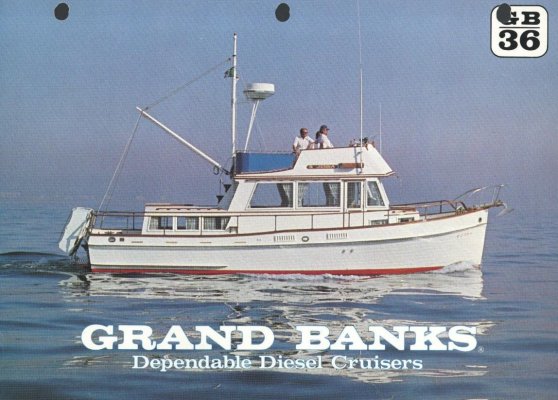
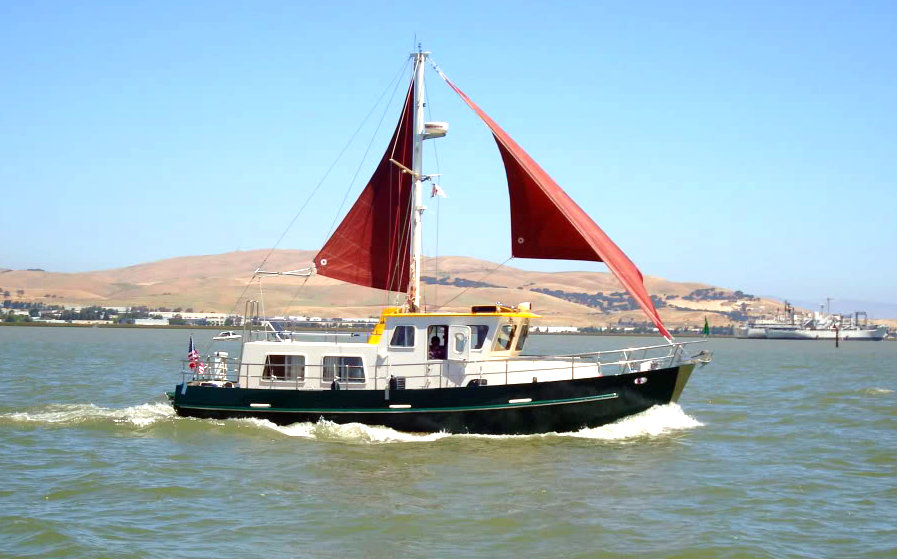
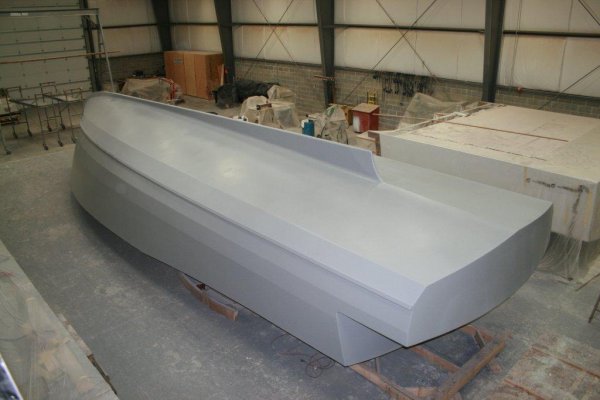

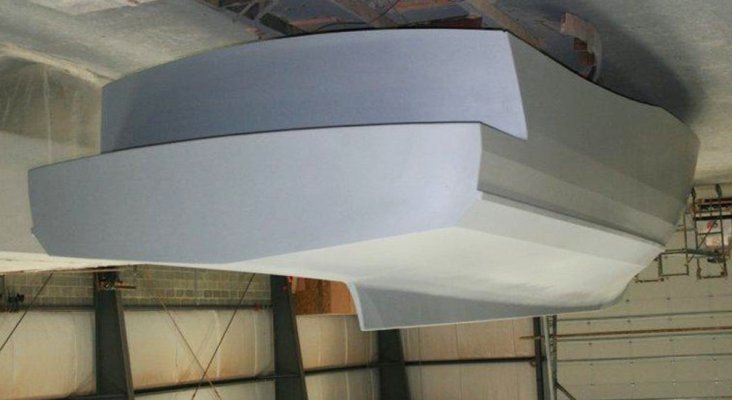
 Well spotted…that P is definitely silent, as in psea bathing… :lol:
Well spotted…that P is definitely silent, as in psea bathing… :lol: